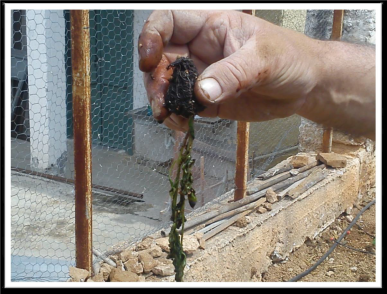
First preliminary tomato results in South Africa: 30 days before harvest!
Brix (Sugar Content): Brix is the most important commercial indicator, because many cash crop producers are reliant on Brix % to determine the sale value of their produce. The preliminary Brix results are exciting – a 10% increase at this early stage indicates a projected final 20% uplift in Brix.
Size (weight): Estimated size increase of 40% is a fantastic early stage result. Further: the testing farmer estimates around 30% more tomatoes per plant!
Quality/Taste: The farmer reports that some of the untreated tomatoes were already dying, compared to the SumaGrow treated tomatoes, that were “looking great”.
Even at this early stage, the farmer indicated a clear positive difference in the taste of the SumaGrow grown tomatoes.
Tomatoes Update
4 weeks before the harvest the Bris measured 6.6% (well on its way to the projected over 7.5%) for SumaGrow treated tomatoes and 6.0% for control, representing then already a 10% improvement.
After a severe cold spell, at harvest the Brix measured 6.2% for SumaGrow treated and 5.1% for control, representing a 21.6% improvement.
“I was absolutely delighted when I discovered the Brix result. After a severe cold spell, I was expecting a major decline in the Brix levels, however, the SumaGrow treated tomatoes maintained its high Brix level beyond my expectation. This will affect my pocket in the best possible way, thank you SumaGrow!” – Christian Schutte




